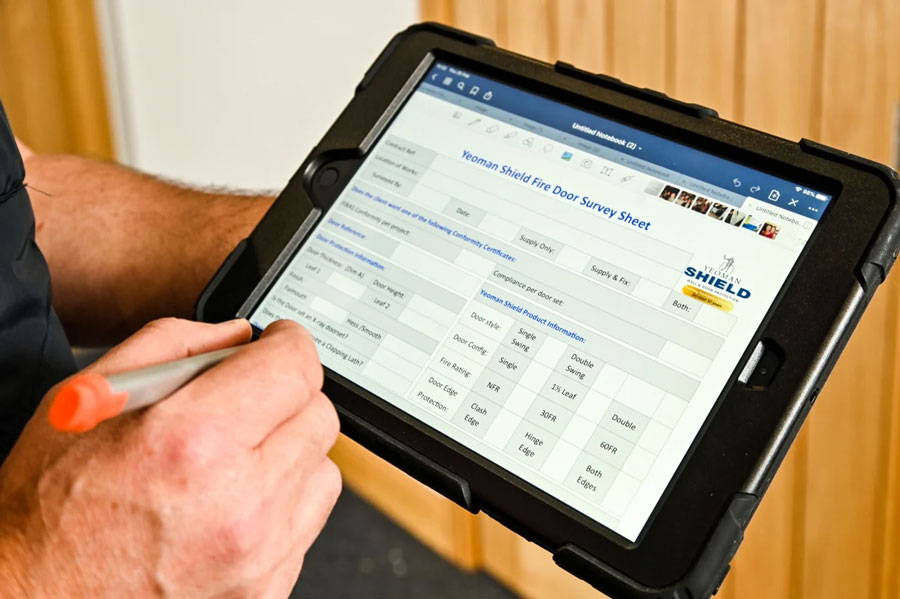Contractor insolvency
The jury is still out on whether the current state of the construction industry is healthy. While in recent years a boom in productivity has been welcomed by developers and contractors alike, many continue to suffer.
The low margins many contractors operate under, coupled with the inherent risks of construction projects leaves many particularly vulnerable to insolvency. Rising costs of materials and labour in recent years has compounded a tendency to ‘under-price’ contracts during the hard times.
Where this was done systematically, some contractors now find themselves unable to perform jobs competitively due to their employees’ realisation of the growing fluidity of the job market and a rising demand from their subcontractors for a higher fee.
Cautionary signs
Developers need to be careful in responding to rumours or evidence of potential insolvency. Overreacting incorrectly or prematurely may put developers in breach of the building contract and may inadvertently trigger or accelerate an insolvency that might have otherwise been avoided.
Some of the common warning signs of impending insolvency are:
- Work progress slowing, or out of sequence.
- Decreased number of workers and/or difficulties in securing replacement employees.
- Standards slipping and increased number of defects.Failure by a contractor to pay subcontractors and/or attempts to negotiate early valuations/retention releases.
- Requests to assign the benefit of building contracts to a bank or some other form
of creditor. - Persistent rumours from others on the project or the local press about a
contractor’s solvency.
In addition, watch out for a contractor’s parent company exhibiting these signs.
A number of preventative measures should be taken if any of these warning signs are spotted.
“The low margins many contractors operate under, coupled with the inherent risks of construction projects leaves many particularly vulnerable to insolvency”
Security
It is important to ensure that any required parent company guarantees or bonds are properly in place, and that they afford you the necessary protection. It is worth refreshing yourself about the process required to action a parent company guarantee or call on a bond. You must be particularly sure that the insolvency itself (rather than material breach) allows you to do so.
You should also check that the contractor has procured and provided the requisite collateral warranties. It is prudent to verify that all insurance requirements have been met. If the likelihood of insolvency is sufficiently serious, latent defects insurance against defects may assist in recovering losses in future.
Site and payment
We recommend that you conduct a detailed audit and assessment of plant, materials and equipment on site and ensure that the contractor does not remove anything to which it is not entitled.
Obtain a list of what payments have been made to the contractor and whether any overpayments have been made (or reduced), or what level of retention has been released. Sometimes paying subcontractors or consultants yourself may avoid or minimise interruption to construction. We recommend you seek legal advice before doing so to ensure you understand the extent of these rights and what procedures they entail.
In the event insolvency occurs, you will need to know how much your debt is (i.e. the remainder of works to be done including defects) in order that you may be able to make a claim as a creditor. Your choice of a capable replacement contractor is also important. You must be absolutely sure of the termination provisions in your building contract as insolvency does not, on its own, necessarily give you an immediate right to terminate.
Clarifying insolvency
Developers frequently fall into this trap, largely because building contracts often limit what is actually regarded as ‘insolvency’. The concepts and terminology that you may come across include:
- Administration – i.e. where a company or its creditors either applies to the court or otherwise appoints an insolvency practitioner to act as administrator to assist it through a period of difficulty. An administrator may try to rescue the company as a going concern, but can realise assets for distribution to creditors if this cannot be achieved.
- Company Voluntary Arrangements (CVAs) are binding arrangements with creditors which allow the company to settle its debts by paying a proportion of the amount owed to creditors or some other payment arrangements (such as instalments). The operation of the arrangement itself is supervised, but the directors remain in control of the company.
- Generally, in the event that neither of the above two options are possible, the company will be wound up or put into liquidation by an insolvency court on the basis it cannot either (1) satisfy the debts it owes, and/or (2) the contractor’s assets are less than its liabilities. A liquidator will then be appointed to realise and distribute the assets of the company for the benefit
of the creditors.
Forward planning and certainty of what actions your contract allows you to take are key to minimising the potentially severe costs and delays that arise from contractor insolvency. In summary there are four top tips to consider when dealing with an insolvent, or imminently insolvent, contractor – know your contract, secure your site, check payments made and due, and think about third parties.




















